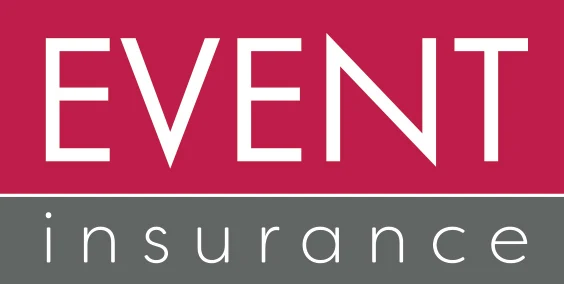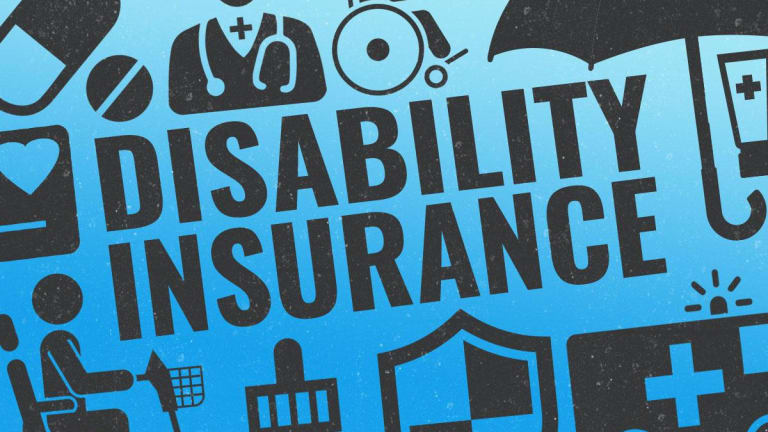Insurance
Understanding Life Insurance – Term vs Whole Life
Life insurance provides financial protection for loved ones in the event of an untimely death. There are different types of life insurance policies that offer varying benefits and features. This blog post will outline the key differences between two common types – term life insurance and whole life insurance. By understanding the pros and cons of each, readers can make an informed choice about the best option for their needs.
What is Life Insurance?
Life insurance is a financial product that pays out a sum of money (the death benefit) to designated beneficiaries if the policyholder passes away while the policy is active. There are several reasons why individuals and families purchase life insurance:
- To replace lost income – This helps dependents maintain their standard of living and cover living expenses if the primary breadwinner dies prematurely.
- To pay final expenses and debts – Life insurance can cover funeral costs, medical bills, credit card balances, mortgage or loans that still need to be paid off.
- To provide education funding – Parents often take policies to fund their children’s college tuitions in the event that something happens to them.
- Asset protection – Business owners sometimes use life insurance to ensure the transfer of company ownership is possible if they pass away.
So in summary, life insurance aims to financially protect your loved ones from unplanned costs and income loss due to untimely death. The two most common types of policies available are term life insurance and whole life insurance.
Term Life Insurance
Term life insurance is temporary coverage that is in effect for a predetermined period of time, usually between 5-30 years. Once the term ends, so does the coverage and death benefit under the policy unless it is renewed.
Some key features of term life insurance include:
- Affordable premiums – Because the coverage is temporary, term life premiums are generally much lower than other forms of life insurance.
- Used for short-term needs – It is typically purchased to cover obligations over a defined period like a mortgage or children’s college tuition.
- No cash value buildup – Unlike permanent policies, term policies do not accumulate any savings component or cash value over time.
- Guaranteed fixed premiums – As long as you keep paying on time, rates will stay locked in for the duration of the initial term period.
- Can convert to permanent – Some policies allow policyholders to switch to permanent coverage like whole life without having to submit new medical evidence later on.
- Coverage expires after term ends – If the insured lives past the policy term, they are no longer protected unless they renew coverage.
- Shorter underwriting – Term applications involve simpler medical questions since the coverage duration is limited.
Term life insurance is favorable for many because it provides large death benefits very cost-effectively. However, it does not last a lifetime and fails to build any equity or cash value internally like permanent policies.
Benefits of Term Life Insurance
There are several key benefits of choosing term life insurance over other types:
- Lowest premium costs – As long as policy is kept in effect, term coverage protects at a fraction of other options’ rates. This allows more protection to be purchased for the money.
- Simple policy – With just a death benefit and coverage period duration, term insurance involves minimal features keeping it very straightforward to understand.
- Meets short-term needs – Ideal for covering defined obligations like mortgage or children’s education that exist for a set number of years into the future.
- Affordable protection – Even those with more limited budgets can ensure critical income needs are met if they pass away during the term period.
- Renewable coverage – Most carriers allow term policies to be renewed for subsequent terms as long as health status remains insurable.
- Convertibility option – Some term plans include an option to switch to permanent coverage like whole life later without additional medical underwriting.
- No cost if lapsed – Unlike other types, premiums paid are not forfeited if the policy is discontinued since there is no cash value tied to it.
- Non-medical limits apply – Small-dollar policies of $150,000 or less often approve coverage without requiring a medical exam to apply.
For individuals seeking temporary life insurance protection, term plans provide an excellent value proposition given their low premium costs yet the ability to be renewed long-term if health allows. The lack of living benefits also keeps costs manageable.
Whole Life Insurance
Whole life insurance differs from term insurance in that it provides lifelong coverage, as long as premiums continue to be paid, since it has a cash value savings component built in too. Here are some of its key attributes:
- Guaranteed rate of return – Whole life policies provide locked-in fixed long-term interest rates, usually 5-6%, that paid premiums earn tax-deferred inside the policy.
- Level premiums – As long as required payments are kept current, premium rates stay locked for the life of the insured and do not increase with age.
- Cash value growth – Paid premiums less costs accumulate a cash value account inside the policy that grows tax-sheltered over the years.
- Living Benefits – The built-up cash value can be accessed via policy loans or withdrawals for any purpose while the insured is still alive and premium paying.
- Lifelong coverage – Barring premium lapses, death benefit protection continues until the insured passes regardless of health or insurability changes.
- Potentially paid-up status – After a sufficiently long payment period, cash value growth may reach a level where no additional premiums need be paid.
- Dividend potential – Non-guaranteed dividends may be periodically credited on participating whole-life policies to enhance total returns.
While permanent coverage, whole-life policies come at a significantly higher long-term cost than term due to added living benefits and the need to pay commissions after issue. Their advantages appeal most to those seeking both lifelong protection and tax-advantaged long-term savings.
Drawbacks of Term Life Insurance
While term life insurance can be an excellent choice if coverage needs are temporary, it does involve some drawbacks too:
- Coverage expires – After the level term period, the insured is no longer protected unless a new term policy is purchased. Insurability may be compromised by that point.
- No equity buildup – Unlike permanent policies, there is no internal cash value accumulation. Premiums are essentially “wasted” if insured lives past term.
- Rate increases – If the policy is renewed, premiums will likely increase substantially at each subsequent renewal interval reflecting the policyholder’s advancing age.
- Limits on coverage periods – The maximum insurance term offered by companies is usually 30 years, which may not suffice protection needs lasting beyond.
- Underwriting repeats – New medical exams and health reviews are required at each renewal period to qualify for further coverage at standard rates.
- Cannot be used for tax planning – By design, term policies have no living benefit uses like ongoing cash value or policy loans available.
- Overage costs more – Applicants signing up outside preferred rate classes, which is anyone over age 50-60 depending on carrier, pay higher premiums.
While term insurance is sufficient if needs are temporary, the limitations in coverage duration, ongoing insurability and lack of equity growth make it a riskier long-term strategy.
Drawbacks of Whole Life Insurance
The primary disadvantages to whole life insurance are higher costs compared to term, as well as potential wasted premium payments if surrendered early:
- Significantly higher premiums – Because of permanent coverage and cash value components, long-term rates can be 5-10x more costly than equivalent term insurance.
- Premiums are not returned – Surrender charges may apply if canceling a cash value policy within the first 5-15 years, meaning premiums paid to date are forfeited.
- Rate guarantees lose value – With inflation, future coverage may prove too low to be meaningful after many decades of paying locked premiums.
- Low rates of return – Even with guarantees, whole-life cash value returns average 3-5%, which is lower than many investment options, reducing its value as a savings vehicle.
- Lacks investment flexibility – Cash value grows with the insurer, not stock/bond markets, limiting opportunities for higher potential returns compared to managed investments.
- Loan balance reduces death benefit – Any outstanding policy loans get deducted from the payout upon death, reducing the financial protection passed to beneficiaries.
- Not the best savings vehicle – Especially when considering alternative options like Roth IRAs, 401ks, and even term plus separate investments, whole life is often not the optimal wealth-building strategy.
For some clients, permanent protection value outweighs costs but in general high premiums and relatively low rates of return make whole life insurance more suitable as supplemental coverage combined with lower-cost term policies.
Special Considerations
There are certain situations where additional factors come into play regarding the suitability of whole versus term policies:
- Mortgage protection – Having coverage that remains effective for the full loan period favors permanent policies since terms don’t always match home terms.
- Business needs – Buy-sell agreements between company owners may require lifelong instead of temporary protection for transferring shares upon death.
- Young families – New parents wanting coverage through childhood may find the 10-20 year limits of initial term periods too short.
- Health issues – Applicants with medical red flags risk being uninsurable or priced out of renewing term policies later in life.







